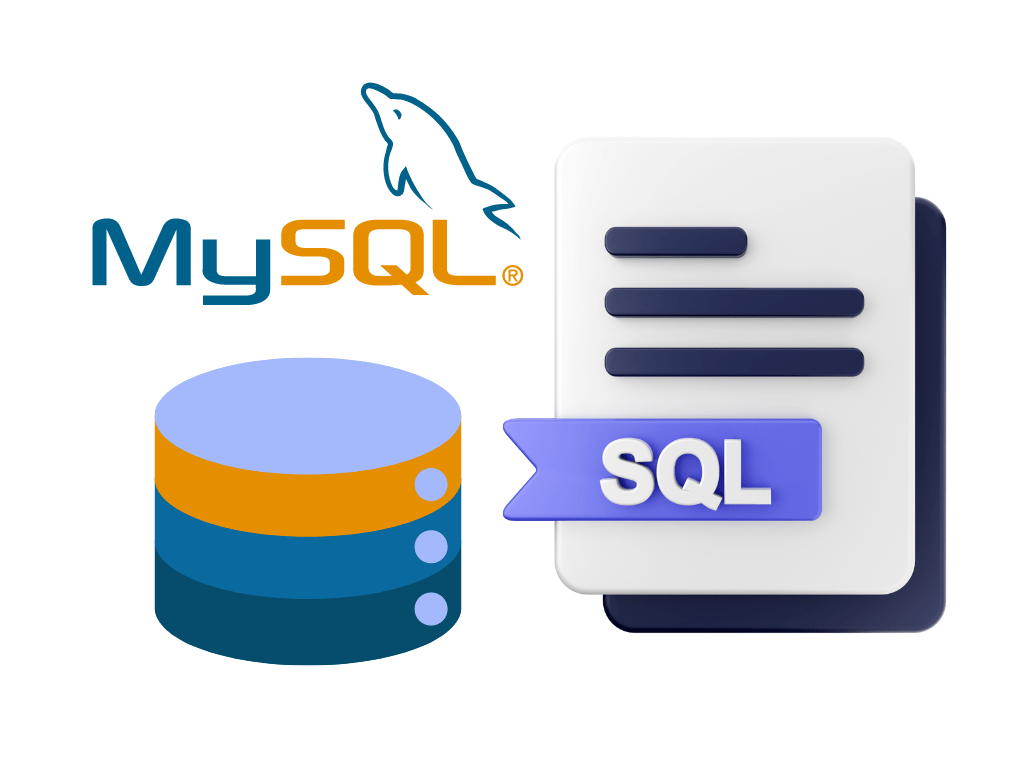In the world of databases, joins play a crucial role in retrieving and combining data from multiple tables. A join operation allows you to query data by establishing relationships between tables based on common columns. It enables you to fetch meaningful information by leveraging the power of relational databases. In this article, we will explore the concept of joins in databases and understand their various types and applications.
A join operation combines rows from two or more tables into a single result set based on a related column between them. The related column, often called a join column, acts as a bridge that connects the tables. By using joins, you can extract specific information by matching values in these join columns, thereby uncovering valuable insights from the data.
Types of Joins in Database
There are different types of joins that cater to various scenarios. Let’s discuss some of the commonly used join types:
- Inner Join: An inner join returns only the rows that have matching values in both tables involved in the join. It discards unmatched rows from both tables, resulting in a new table that contains only the combined data where the join condition is satisfied.
- Left Join: A left join, also known as a left outer join, returns all the rows from the left table and the matched rows from the right table. If there are no matching rows in the right table, null values are included for the columns of the right table.
- Right Join: A right join, also known as a right outer join, is the opposite of a left join. It returns all the rows from the right table and the matched rows from the left table. If there are no matching rows in the left table, null values are included for the columns of the left table.
- Full Join: A full join, also known as a full outer join, combines the results of both the left and right joins. It returns all the rows from both tables, matching rows where the join condition is satisfied, and including null values for non-matching rows.
- Cross Join: A cross join, also called a Cartesian join, produces the Cartesian product of the two tables involved. It combines each row from the first table with every row from the second table, resulting in a new table with all possible combinations.
- Self Join: A self-join is a special type of join where a table is joined with itself. It is useful when you want to compare rows within the same table based on a related column. In self-joins, you use table aliases to differentiate between the copies of the table.
Joins provide a powerful mechanism for querying and analyzing data in relational databases. They enable you to break down complex problems into smaller, more manageable tasks by splitting data across multiple tables. Joins also help maintain data integrity by enforcing relationships between tables through foreign key constraints.
While joins offer immense flexibility, they can impact query performance if not used judiciously. As the size of the tables and the complexity of the join conditions increase, the query execution time can significantly slow down. It is crucial to optimize queries by choosing the appropriate join type, indexing relevant columns, and structuring the database schema efficiently.
Conclusion
In conclusion, joins are an integral part of working with databases. They allow you to combine data from multiple tables based on related columns, facilitating the extraction of meaningful insights. Understanding the different types of joins and their applications is crucial for efficient database management and querying. By leveraging the power of joins, you can harness the full potential of relational databases and unlock valuable information hidden within the data.



0 Comments